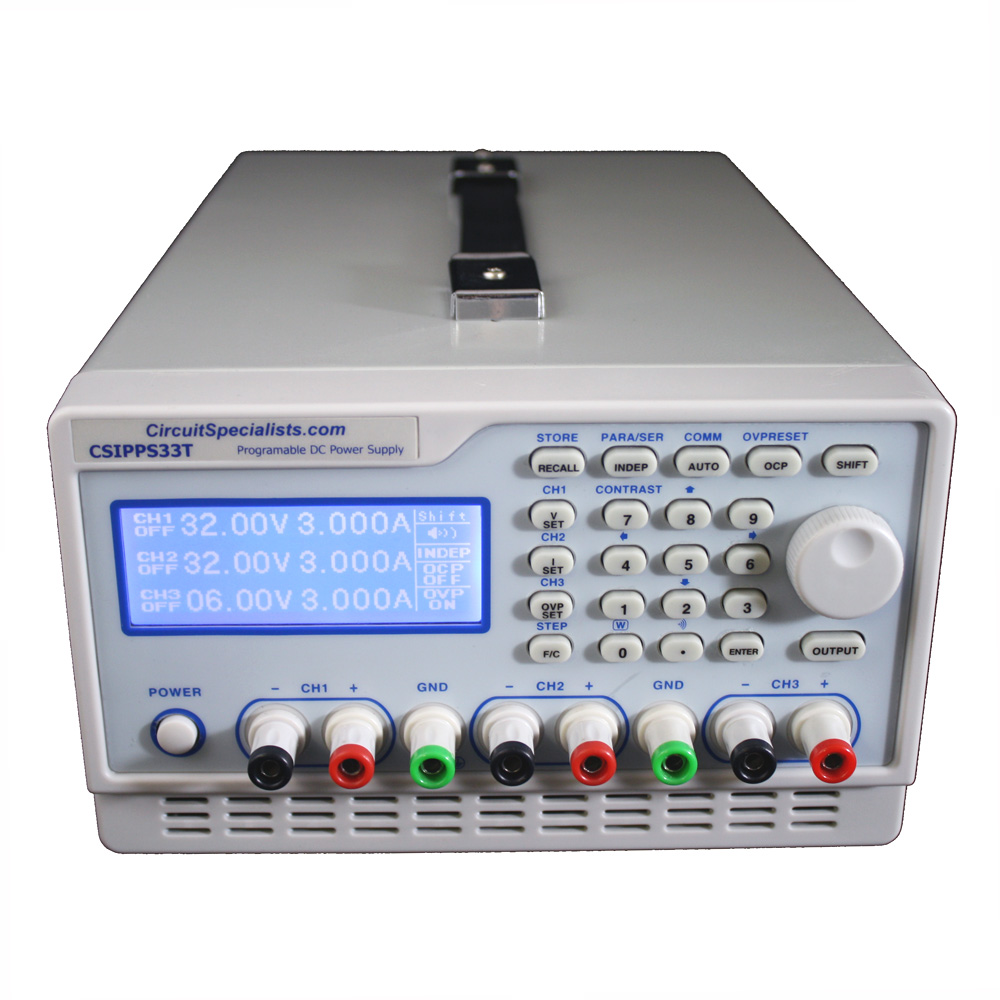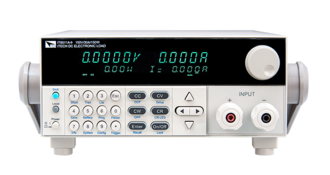Programmable Power Supply Basics
A programmable power supply provides remote control capability of the output voltage(s) via an analog control signal controlled by keypad or rotary switch from the front panel of the power supply or via a computer interface such as RS232, GPIB, or USB. Programmable functions may include voltage output, current, and — in the case of an AC power supply — frequency.
A programmable power supply includes a processor, voltage and current programming circuitry, a current shunt, and a readback circuit for voltage and current. Additionally, a programmable power supply may include overvoltage , overcurrent, and short circuit protection as well as temperature compensation.
You can find programmable power supplies in various form factors including modular, benchtop, floor mount, and rack mount. A programmable power supply often uses SCPI as the programming language or it may include software provided by the manufacturer. Additionally, many users use LabView software to control their  programmable power supply.
programmable power supply.
Programmable Power supplies are found in many applications including automated equipment testing and intelligent debugging. Many bench power supplies include capabilities that allow the user to define several user profiles, allowing the user to define duration and outputs of multiple steps and then allow the instrument to automatically step through the predetermined sequence(s) .


